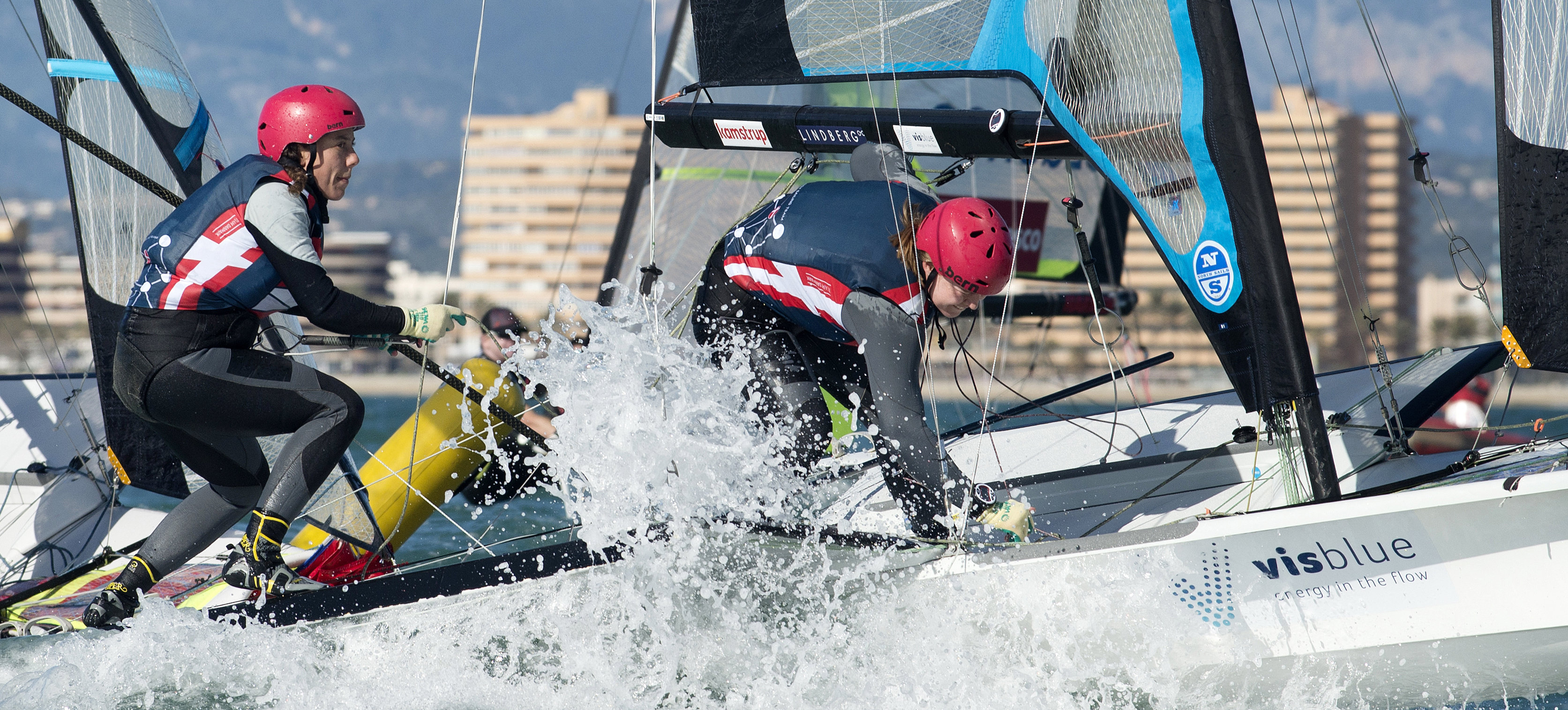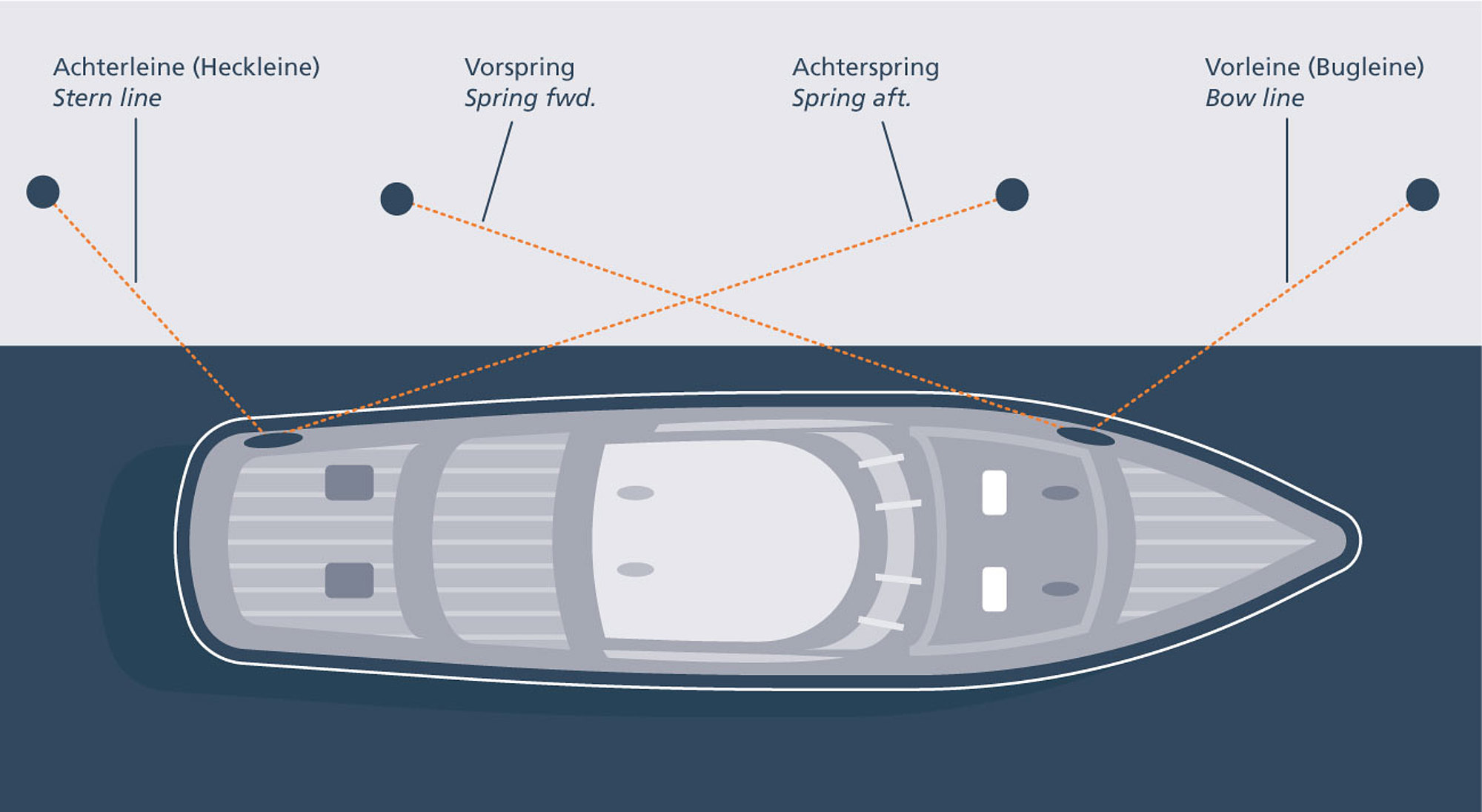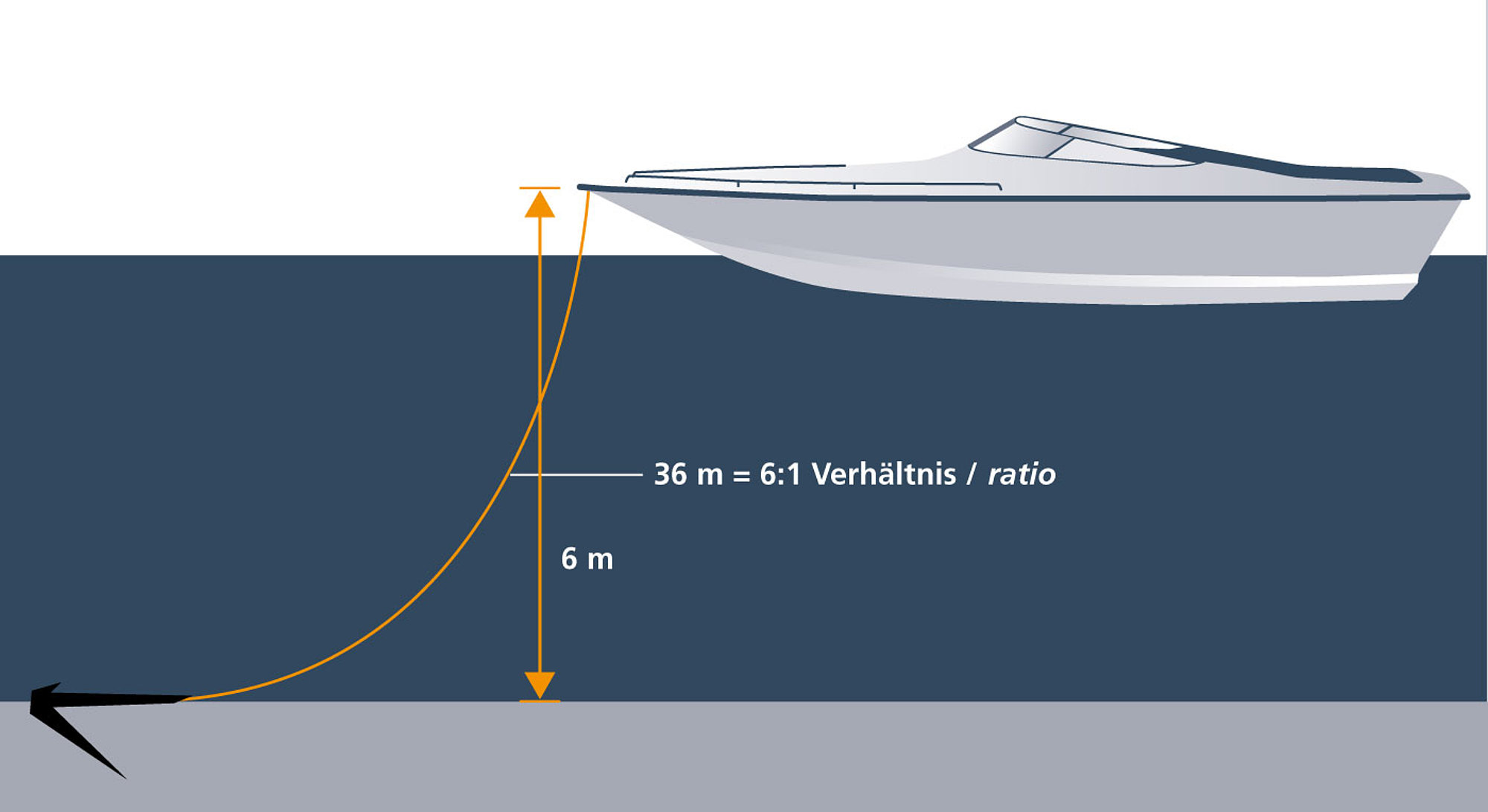
Select material correctly
Rope use depending on the sail area
| Sail area [m2] | RunnerTwin Olympic [mm] | RunnerTwin 99 | MegaTwin® Dyneema [mm] | Discover 2018 [mm] | DynaOne® [mm] | DynaLite | Cup [mm] | Gemini X | Tasmania [mm] |
| 10 | 4–5 | 4–5 | 3–6 | 4–5 | 6–8 | 6–8 | 6–8 | 6–8 | |
| 20 | 5–8 | 5–8 | 5–8 | 4–5 | 8–10 | 8–10 | 6–10 | 10–12 | |
| 30 | 6–10 | 6–10 | 6–10 | 5–8 | 10–12 | 10–14 | 10–12 | 10–14 | |
| 40 | 8–10 | 8–10 | 8–12 | 6–8 | 10–12 | 10–14 | 12–16 | 12–16 | |
| 50 | 10–12 | 10–12 | 8–12 | 8–10 | 12–14 | 12–16 | 12–16 | 14–18 | |
| 60 | 10–12 | 10–12 | 10–12 | 8–10 | 12–14 | 14–18 | 14–18 | 14–20 | |
| 70 | 10–14 | 10–14 | 8–10 | 12–16 | 14–18 | 14–18 | 16–20 | ||
| 80 | 12–14 | 12–14 | 8–10 | 14–16 | 16–18 | 16–20 | 16–20 | ||
| 90 | 12–16 | 12–16 | 8–10 | 14–16 | 16–18 | 18–22 | |||
| 100 | 12–16 | 12–16 | 8–10 | 14–16 | 18–22 | ||||
| 125 | 14–18 | 14–18 | 12–14 | 20–24 |
Rope diameter for mooring line, spring, anchor and tow line
| Polyester | Polyamid(e) | GeoProp | Thempest | Hempex | |
|---|---|---|---|---|---|
| Length of Vessel [m] | Twist, Square, Twin, Bavaria, DockTwin, One [mm] | Twist, Square, Twin, Bavaria, DockTwin, One [mm] | Twist, Square, Twin, One [mm] | Twist, Twin [mm] | One [mm] |
| 6–8 | 10 | 10 | 12 | 12 | 16 |
| 10 | 12 | 12 | 14 | 14 | 20 |
| 12 | 14 | 14 | 16 | 16 | 22 |
| 14 | 16 | 16 | 20 | 20 | 26 |
| 16–18 | 18 | 18 | 22 | 22 | 28 |
| 20–22 | 20 | 20 | 24 | 24 | 32 |
| 24–26 | 22 | 22 | 28 | 26 | 36 |
| 28–32 | 24 | 22 | 30 | 28 | 40 |
| 34–36 | 26 | 24 | 32 | 30 | 40 |
| 38–40 | 28 | 26 | 36 | 32 | 44 |





